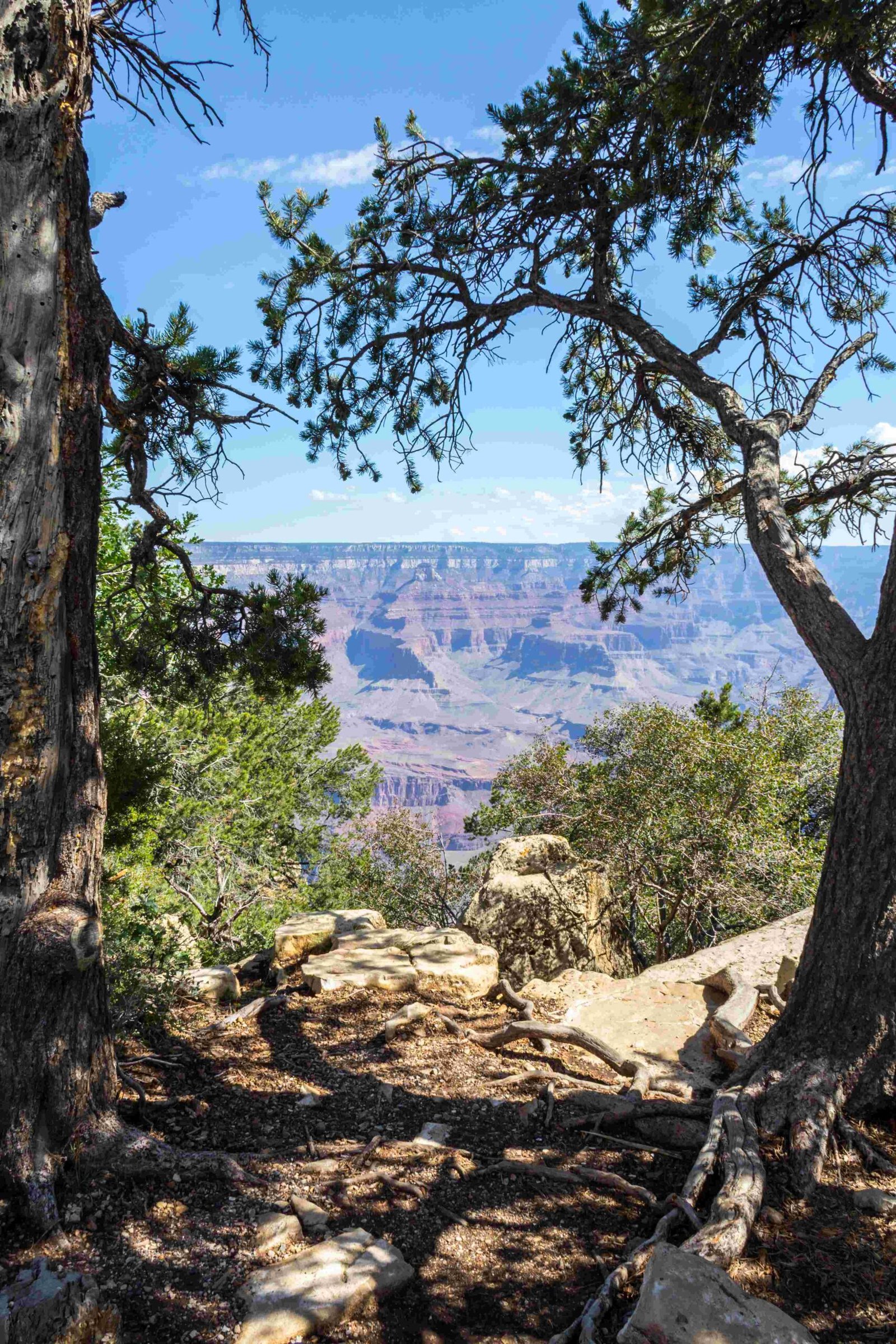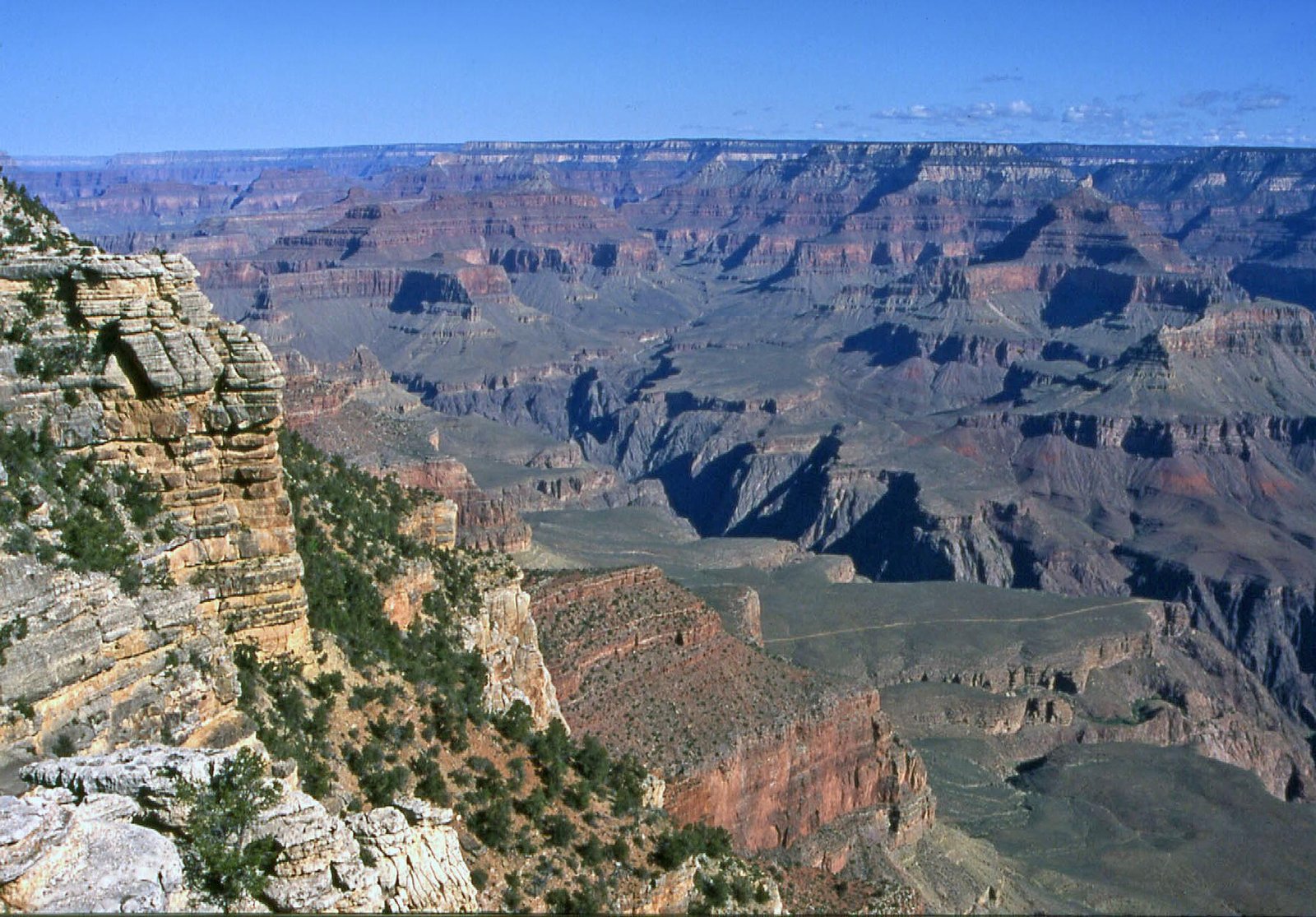Hiking the Grand Canyon demands exceptional physical preparation and strategic training. Conquering its challenging terrain requires a comprehensive approach that combines cardiovascular endurance, strength training, elevation adaptation, and mental resilience. Hikers must develop a specialized fitness regimen that simulates the canyon’s unique environmental conditions, focusing on building muscular strength, cardiovascular capacity, and technical hiking skills to safely navigate its demanding landscape.
Why Is Physical Preparation Critical for Grand Canyon Hiking?

The Grand Canyon presents extraordinary physical challenges that require meticulous training. Its extreme elevation changes, ranging from 2,400 to 8,275 feet, create unique physiological demands on hikers. Proper preparation prevents potential injuries, enhances performance, and ensures a safer, more enjoyable hiking experience.
What Physical Fitness Components Matter Most?

Cardiovascular Endurance
- Running: 3-4 times weekly
- Cycling: Low-impact high-intensity training
- Fast Walking: Gradually increasing duration and intensity
Strength Training Essentials
| Muscle Group | Recommended Exercises | Training Frequency |
|---|---|---|
| Legs | Squats, Lunges | 2-3 times weekly |
| Core | Planks, Rotational Exercises | 3 times weekly |
| Back | Deadlifts, Row Variations | 2 times weekly |
How to Simulate Canyon Terrain?
Stair and Elevation Training
- Find stadium stairs or tall buildings
- Climb with 10-15 pound backpack
- Practice for 1-3 hours, three times weekly
- Gradually increase difficulty and duration
What Equipment Supports Training?
Essential Training Gear
- Hiking boots with robust ankle support
- Weighted backpack (15-20 pounds)
- Trekking poles
- Heart rate monitor
- Hydration system
How Long Should Training Last?
Recommended Training Timeline
- Beginner: 16-20 weeks of consistent preparation
- Intermediate: 12-16 weeks
- Advanced: 8-12 weeks of targeted training
What Nutrition Supports Canyon Hiking?
Dietary Considerations
- High-protein diet
- Complex carbohydrates
- Electrolyte-rich foods
- Adequate hydration strategy
- Mineral supplementation
What Are Common Training Mistakes?
Pitfalls to Avoid
- Insufficient elevation training
- Neglecting strength conditioning
- Improper hydration techniques
- Inadequate gear preparation
- Overlooking mental conditioning
How to Track Training Progress?
Performance Metrics
- Weekly mileage
- Elevation gain capacity
- Recovery time
- Resting heart rate
- Perceived exertion levels
Final Training Recommendations
Successful Grand Canyon hiking requires holistic preparation. Combine physical training, mental conditioning, and strategic planning. Consult healthcare professionals, experienced hikers, and potentially hire a training coach to customize your approach.
Recommended Weekly Training Schedule
| Day | Focus | Duration | Intensity |
|---|---|---|---|
| Monday | Cardiovascular | 60-90 mins | Moderate-High |
| Tuesday | Strength Training | 45-60 mins | High |
| Wednesday | Active Recovery/Stretching | 30-45 mins | Low |
| Thursday | Hiking Simulation | 2-4 hours | High |
| Friday | Strength & Core | 45-60 mins | Moderate |
| Saturday | Long Hike/Terrain Practice | 4-6 hours | High |
| Sunday | Rest/Light Activity | Variable | Low |
Safety First
Always prioritize personal health and gradually increase training intensity. Listen to your body, stay hydrated, and be prepared to modify your training plan as needed.
